It’s been a couple weeks since I returned from spending a week in Colombia. I split my time between Bogotá, Colombia’s capital situated high in the Andes, and sea-level Cartagena. The two experiences could not have been any more different, but I enjoyed them both immensely. If I had to pick one over the other, I’d likely go with Bogotá, although it would be a close race. I’m just partial to mountains. 🙂
Traveling to Colombia during the COVID-19 pandemic turned out to be only a minor hassle of testing requirements. Bogotá is essentially completely open for business, although necessary health precautions are being taken at public facilities and restaurants. There are a couple minor disruptions to be aware of, but overall, the ongoing pandemic did not detract from the experience. If anything, it enhanced it, as I was one of only a handful of foreign tourists in the city, best I could tell.
Hopefully I capture my experience well in this post, including my likes, dislikes, and recommendations if you plan to visit Colombia’s capital. While I stayed in Bogotá for four nights, I spent one day on an excursion to Cascada La Chorrera, which I will save for another post. Here I combine my experiences during the other three days.
Welcome to 8,500 Feet
Bogotá is located in the Andes. The Andes are a rather high mountain range. I knew this before traveling to Colombia, but the implications were lost on me. I’ve visited Denver, Estes Park, and Lake Tahoe and never experienced any issues. What’s a little elevation?
Turns out that it’s not a little. Bogota sits at over 8,675 feet above sea level (~2,600 meters), which makes it one of the highest large cities in the world. It is rivaled by Mexico City, Mexico and Addis Ababa, Ethiopia. Quito is one of the few cities with over 1 million inhabitants that sits higher than Bogotá.
Now it made far more sense why I was so out of breath walking up the hill in La Candelaria my first morning. I’d arrived in Bogotá on an evening flight from Atlanta and slept well at the Hyatt Place Bogota. My morning did not start early by my standards, but it was a Sunday and the city was extremely quiet. I love walking, and simply wandering the streets of La Candelaria was a pleasure. Just a bit more difficult when heading uphill.
My first day started at the Plaza de Bolívar, which is the main city square. It’s not the original city square, a place that I would visit later. The Plaza de Bolívar generally has quite a few people enjoying it, although I also suspect that it is far less busy than prior to the pandemic. The plaza is framed by the Catedral Primada de Colombia, the National Congress, and the Palace of Justice. I believe the Palacio Liévano across from the cathedral acts as the office of the mayor. Standing tall in the center is a statue of Simón Bolívar.
I would learn much more later about the first president of the Gran Colombia during a visit to his former residence. On one corner of the plaza is the Independence Museum. Along with an account of Simón Bolívar and the creation of modern Colombia, the museum also features footage of the 1985 siege of the Palace of Justice. The account of what exactly took place during the siege and the links of the M-19 rebels to the drug cartels is still a matter of speculation. At least that’s what I would pick up later from my tour guide.
Exploring La Candelaria
La Candelaria is essentially the “old city” of Bogotá. You could call it the downtown as well, but downtown (or even CBD) implies tall buildings and commerce. These are located more to the north. The area around the Plaza de Bolívar has civic buildings, museums, churches, restaurants, and residences for the most part. It’s the cultural heart of the capital. Much of what you’ll want to see is located in La Candelaria or just outside it.
All of La Candelaria (and well beyond) is laid out in a series of calles and carreras. This is a hair confusing for those of us used to street names, or at least numbers vs letters. But it’s what the city uses. What’s far more interesting are the tiled street name signs on many corners. This one is amusing. Chorro has to mean something like “ephemeral stream” in this case.
After wandering the streets for a while, I made my way to the southern side of the neighborhood. Here I encountered the Santuario Nuestra Señora de El Carmen, a Catholic church with a very unique striped paint scheme. The inside is lovely as well. I was able to slip in for a few minutes just before mass started.
From the church I ventured up the hill, hoping to get a better view of the city before the museums opened at 10:00 AM. Eventually, you’ll come to the neighborhood of Egipto. Egipto means Egypt in Spanish. Why it’s called this, I still don’t know. One of those things I thought interesting, but have still failed to look up. My goal was to visit La Iglesia de Nuestra Señora de Egipto, another cool church with lovely views of the city skyline.
Rather than head straight to the church, however, I explored a few of the streets. The neighborhood was previously known for cartel violence. Now there is a good amount of very interesting street art, which was cool to see in person. I had no worries wandering the neighborhood alone on a quiet morning.
But…this was the one time during the whole trip I felt mildly unsafe. After satisfying my curiosity for seeing the art, I cut down a narrow street toward the church. Rounding a corner, I was suddenly facing two guys sitting on opposite sides of the street. They just stared. And stared and stared. I felt very seen passing between them and on toward the church. Here I was, American tourist, camera in hand, wondering at my chances of outrunning them if need be. It’s been a while since my mind has ventured toward flight mode while traveling.
There is a saying in Colombia: no dar papaya (don’t give papaya). I recalled it when I pulled up Nomadic Matt’s article from he was stabbed in Bogotá. It essentially means to not put yourself where you can easily be taken advantage of. This would mean taking precautions like keeping your valuables out of sight and being mindful of who and what surround you. The papaya in this case was my $500 Nikon as I faced the cold, constant stares of two strangers.
My moment of trepidation passed without incident. They were probably honestly just wondering why some crazy foreigner was wandering the streets alone.
Walking Tour and Plazoleta Chorro de Quevedo
Plazoleta Chorro de Quevedo is the original square of Bogotá when founded in 1538 by a Spanish conquistador. It’s a very small square lined with cafes and a church. It’s also where I started on a walking tour with Gran Colombia Tours on my final day in the city. Given the pandemic, the tour group consisted of myself and the only other American I met while in Bogotá.
One of the cafes lining the Plazoleta Chorro de Quevedo is purportedly the oldest remaining house in Bogotá, which is pretty cool. It looks old, but I’d venture to say it’s still not going-on-500-years old.
Our Venezuelan tour guide was knowledgeable about the history of Colombia and its capital city, and I enjoyed the tour immensely. My first “free” walking tour was in Buenos Aires, and I think they are a great way to explore a new city. Most of the time a decent guide seems to make out better than they would by charging a fixed ticket price.
We slowly wound our way over to Parque Santander, enjoying more of the city along the way, making an initial pit stop at the Mercado Plaza De La Concordia. The juice booth was absolutely amazing. Most of the unique combinations cost just over $1 USD.
Most of the rest of the tour took us along Carrera 7, a pedestrianized street in the middle of the city, before ending at Plaza de Bolívar. Our guide relayed more of the city’s history, including the assassination of Jorge Eliécer Gaitán and its subsequent effect on Colombia’s political landscape. The final stop was a tiny coffee shop that serves the most excellent cup of coffee, a stone’s throw from Plazoleta Chorro de Quevedo. We’d come full circle.
Carrera 7 and “Downtown”
I wandered down Carrera 7 a few times during the trip, walking its length from the Plaza de Bolívar all the way to the Museo Nacional. That walk is just over 2 kilometers and well worth doing. It takes you through the heart of the city, past a few museums, couple old churches, and eventually past Independence Park.
The Iglesia de San Francisco might be my favorite of the few churches I entered. The exterior is 100s of years old, and the interior is lovely as well. It’s worth a quick peek. There will be plenty of people trying to sell you all sorts of things there and around Parque Santander. The street vendors in Bogotá are far less pushy than those in Cartagena, something I’d appreciate after I visited the coastal Colombian city a couple days later.
The interesting thing about the walk along Carrera 7 is the slow transition from the historical squares and architecture to more modern structures, which is even more pronounced if you head down a couple side streets along the way. It is interesting to see the contrast and development over time.
Latin American has often seen poor urban planning. I recall our time in San Jose, Costa Rica, which was plagued by the worst traffic at times. Of the handful of Latin American cities I’ve visited, Bogotá seemed to function the best, but this could be a pandemic fluke. I recall it being among the most traffic congested cities. I had no issues driving through the downtown area a couple times the day I rented a car.
Monserrate
Overlooking the capital is the mountain of Monserrate. Experiencing the amazing view from the top was high on my list of things to do in Bogotá. I’m a sucker for scenic viewpoints, especially those that involve a cable car or funicular. Monserrate has both.
I took the cable car up to the top, where I immediately realized my Nikon battery had died. The backup wasn’t charged, either. Rule of the five Ps, people. At least I had the iPhone as a backup. The view is amazing. I was definitely kicking myself for not being able to capture it with the “real” camera.
Situated at the top at over 3,100 meters above sea level is the Santuario de Monserrate. The Catholic church has been in operation for centuries. Mass was underway when I arrived, as my visit was during the middle of the day on Sunday.
Across the way you can spot the Santuario Virgen De Guadalupe, another monument perched high in the Andes above the city. Right now you can only access it by car, but there is talk of constructing a cable car between Monserrate and Guadelupe to bring more traffic to the other hill.
You can’t have a fun visit without a funicular. I opted to enjoy it on the way down the hill. The views certainly aren’t as good as what is offered by the cable car, but I liked mixing the transit options up a bit.
Bogotá’s Must-See Museums
Colombia’s capital offers several museums that you might find appealing, depending on you preferences. I can be known to plan too many museums into a trip and have started to become more selective about which I really want to see. History is far more interesting than culture, especially if the museum structure itself is a piece of national history. The one that is a must when visiting Bogotá is the Museo de Oro (the Gold Museum). Do not miss the amazing exhibits of pre-Columbian gold artifacts!
In order or preference, I enjoyed the following museums during my time in Bogotá:
- Museo de Oro
- Simon Bolivar house
- National Museum
- Independence Museum
- Museo Santa Clara
With limited time, I skipped the following:
- Museo Botero (not as interested in art)
- Bogotá Museum – Casa Sámano (initially looked in the wrong neighborhood, then ran out of time)
- International Emerald Museum (lack of time)
- Museo Militar de Colombia (lack of time)
One note: museums were capacity-controlled on a system based on the last numeral of your identification number. Since I was a foreigner, I managed to get into a couple museums on “off” days. Not sure if this will always be the case, but it’s worth noting.
The museums I did see were worth the time spent for the most part. You don’t need to spend much time at Simón Bolívar’s house, which is an easy walk from Monserrate. It’s an interesting historical site, and you can be in and out in under an hour.
The National Museum is worth maybe 90 minutes, depending on your interest. It’s housed in an old jail, which adds to some of the appeal. Things are marked out in a nice circuit that you can enjoy floor by floor, with sufficient distancing measures during COVID-19. I enjoyed some of the prehistory and early history the most. Much of the museum is only in Spanish, although some of the principal exhibits include English as well.
And then there is the Museo de Oro. It’s the crown jewel of those I visited. As of February, you need to book ahead of time to get a slot. I almost missed my chance to enjoy it, snagging the only remaining time slot on my second-to-last day, and it was for a temporary exhibit on some archaeological finds of indigenous cultures. Luckily, we were able to spend over half the time enjoying the main museum, as the temporary exhibit is small.
The collection of gold artifacts is truly amazing. There are few museums of trinkets and treasures that I have enjoyed as much. This set of gold armor was one of my favorite pieces. I wasn’t able to visit the whole museum, unfortunately, since the small-group tours are limited to one hour. But I still able to enjoy a fair amount.
What About the Food?
Some people travel to relax. Others travel to explore. Many travel to eat. Enjoying the local food is part of the draw to any new country. I didn’t hit up a ton in Bogotá, as breakfast and dinner were free most nights at the Hyatt hotels at which I stayed. But I did enjoy one excellent lunch out at a café a stone’s throw from the Catedral Primada. Our tour guide had mentioned loving sopa de mondongo, so I thought I’d try it, in addition to a tamale.
Everything was delicious. Only later did I realize that sopa de mondongo contains pork or beef tripe (stomach or intestines). Well…at least I can check that off the list. And I’d probably order it again.
My lunch another day was a whole lot safer. It’s hard to go wrong with pizza. This is what the American gets when he settles for the closest place to satisfy his growling stomach rather than looking for something a little more authentic to Colombia.
The other thing I tried for the first time is agua de panela, a beverage made from sugarcane that can be served either hot or cold.
Other Wanderings
I love to walk, especially in new places. Besides wandering La Candelaria for a couple hours, I also walked through a couple other neighborhoods, including the Parque Nacional and up into central Chapinero. Carrera 1 isn’t exactly made for walking. But I did it anyway. Some of the mountainside barrios are pretty cool.
There’s a neat pedestrian overpass where Avenida El Dorado terminates into Carrera 1 when it hits the mountains. I crossed it walking back toward Santafe and La Candelaria from further north, recalling my moment of panic when I read “Circunvalar al Sur” and Circunvalar al Norte” while driving my rental car and completely blanked on which I needed to take. Luckily, I ended up on the right one and quickly started ascending the mountains to the west of Bogotá.
La Candelaria is still my favorite neighborhood. It’s the cultural and historical heart of the city. My two favorite mornings were spent wandering its streets, finding a few cool shops, and enjoying the museums.
Final Thoughts
It took less than my four days in Bogotá to realize that I really like Colombia. The people are friendly and welcoming, and I enjoyed the history, nature, and food that the capital offers. I was sad the visit was so short, but I would love to return to Bogotá, as well as other cities in the Andes such as Medellín and Cali.
The COVID-19 pandemic didn’t affect my travels all that much, aside from emptying the city of foreign tourists so that I had it mostly to myself. I was asked “¿eres extranjero?” a couple times. Yes, I am indeed a foreigner (a fact I thought would be obvious, but I guess not). As long as you wear a mask and are willing to have your temperature checked often, and be tested before arrival, it’s a fine place to visit this year.




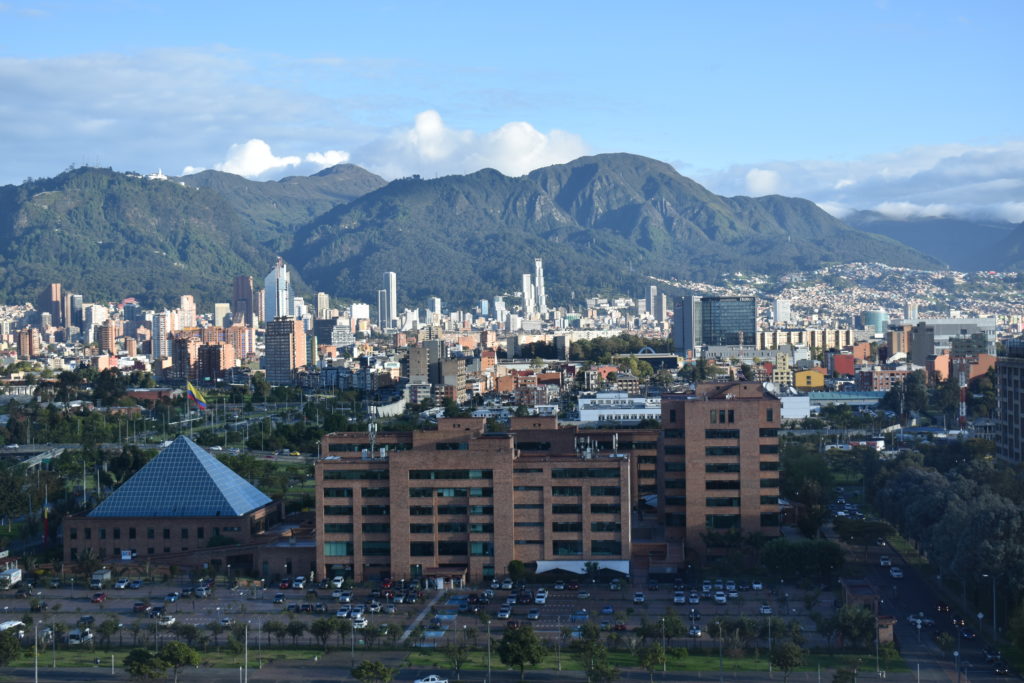

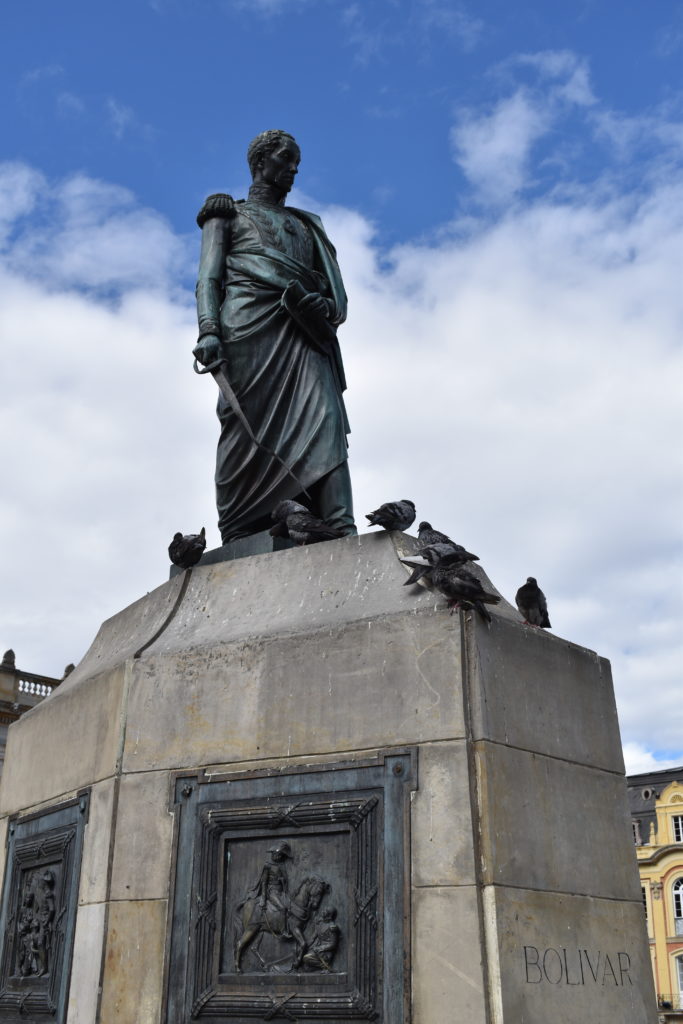
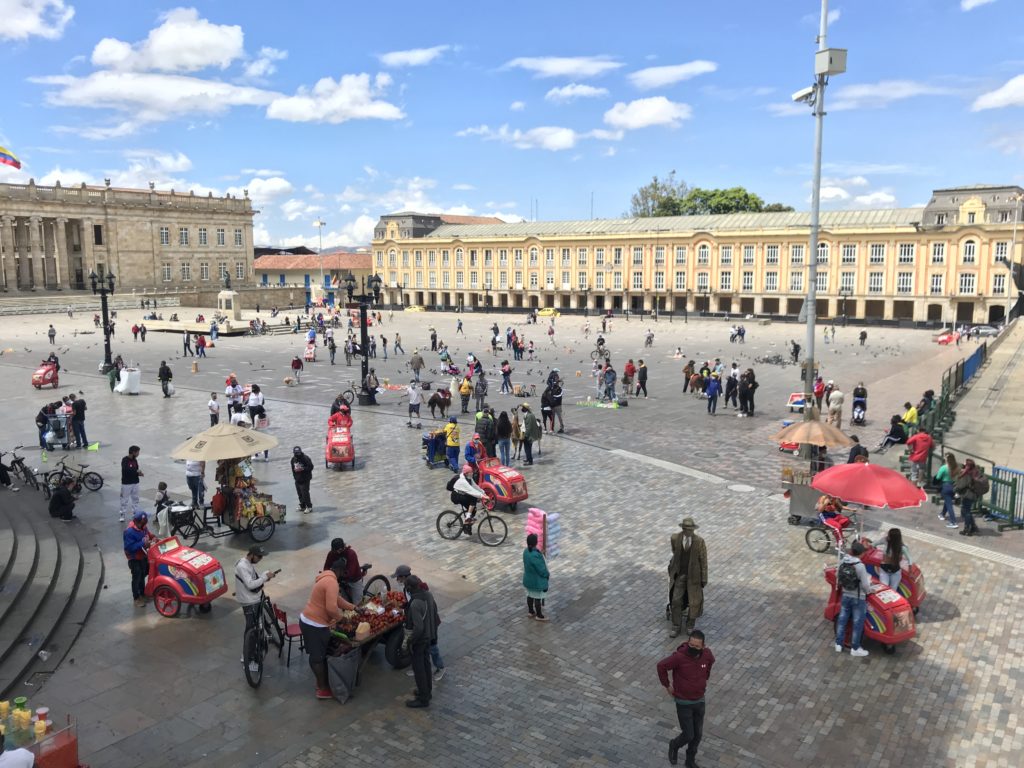
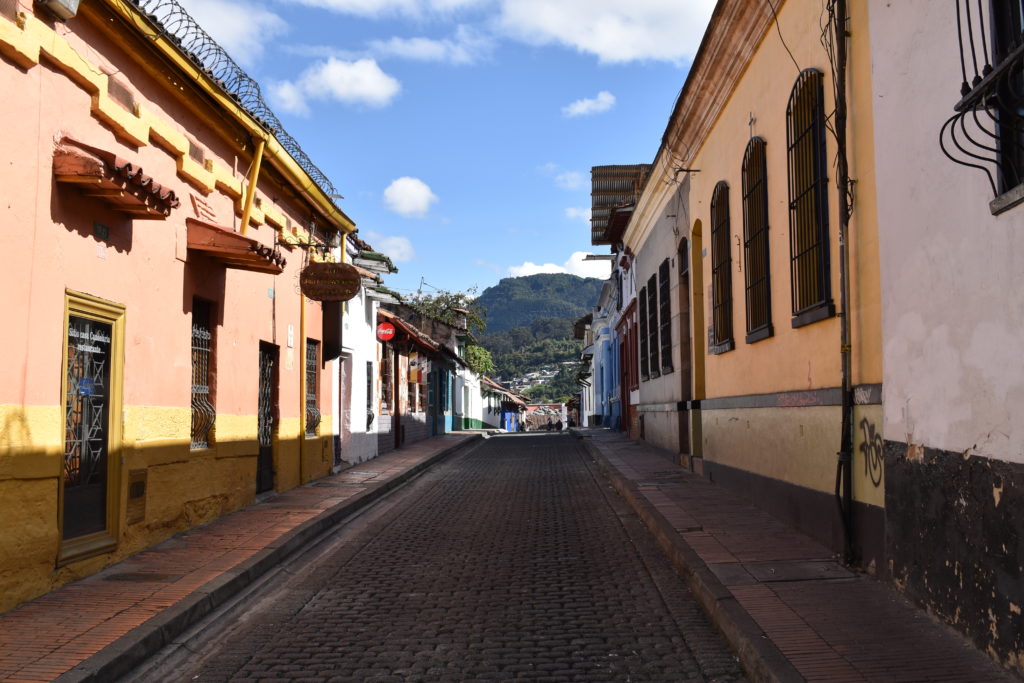
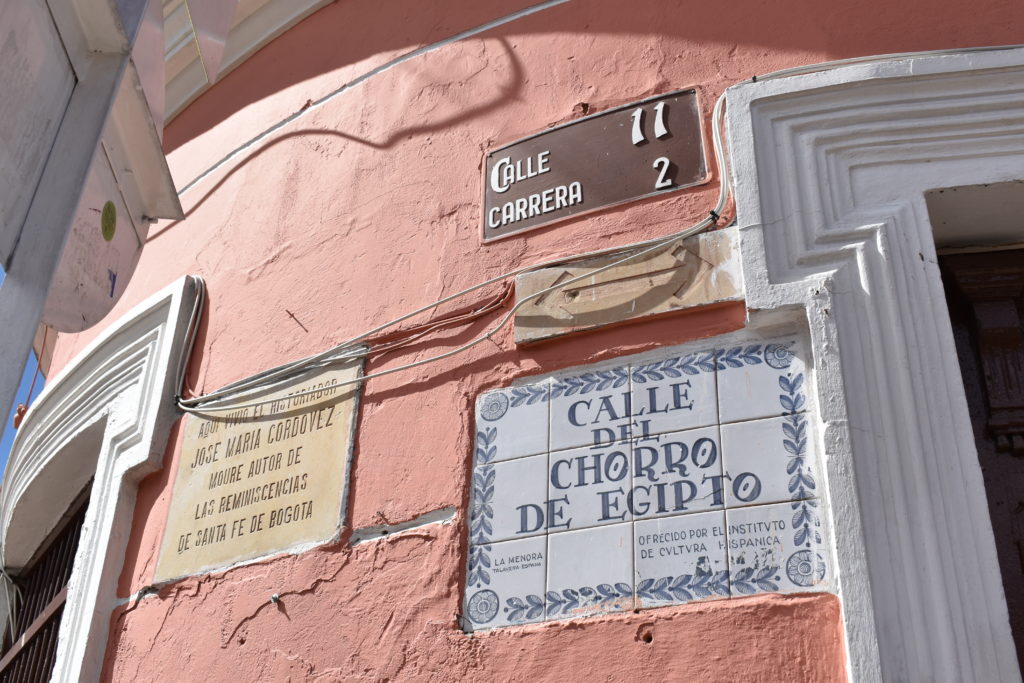
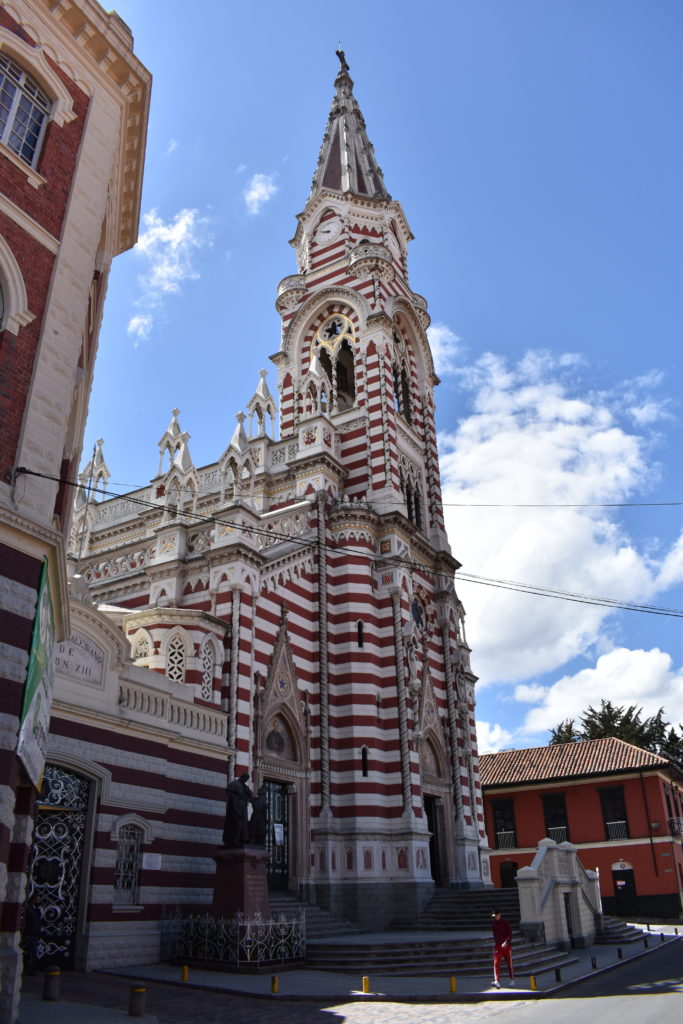
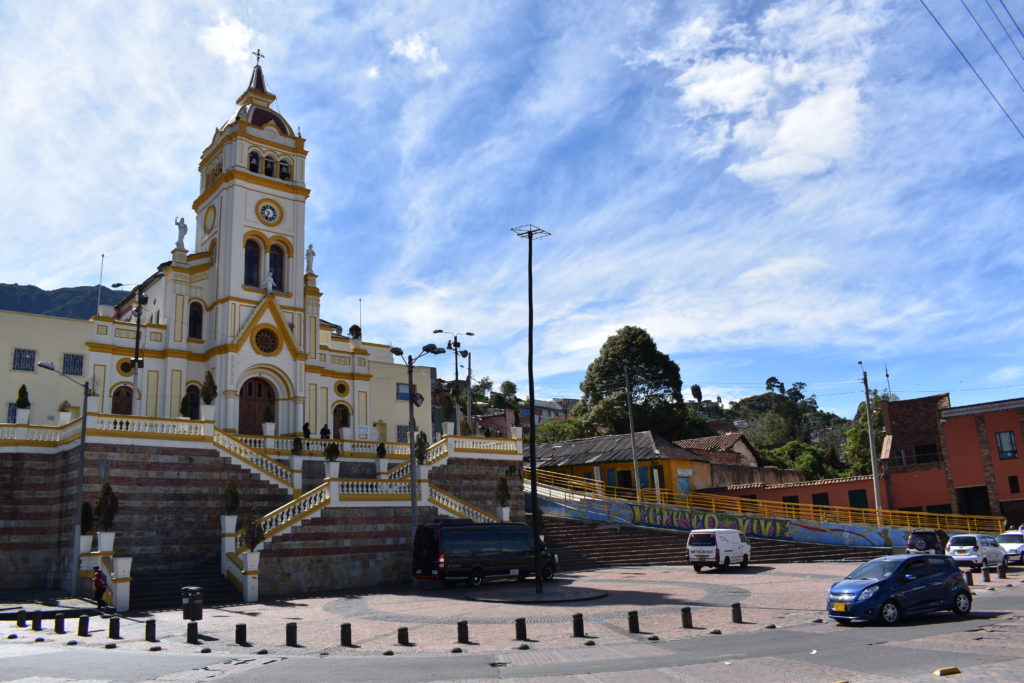
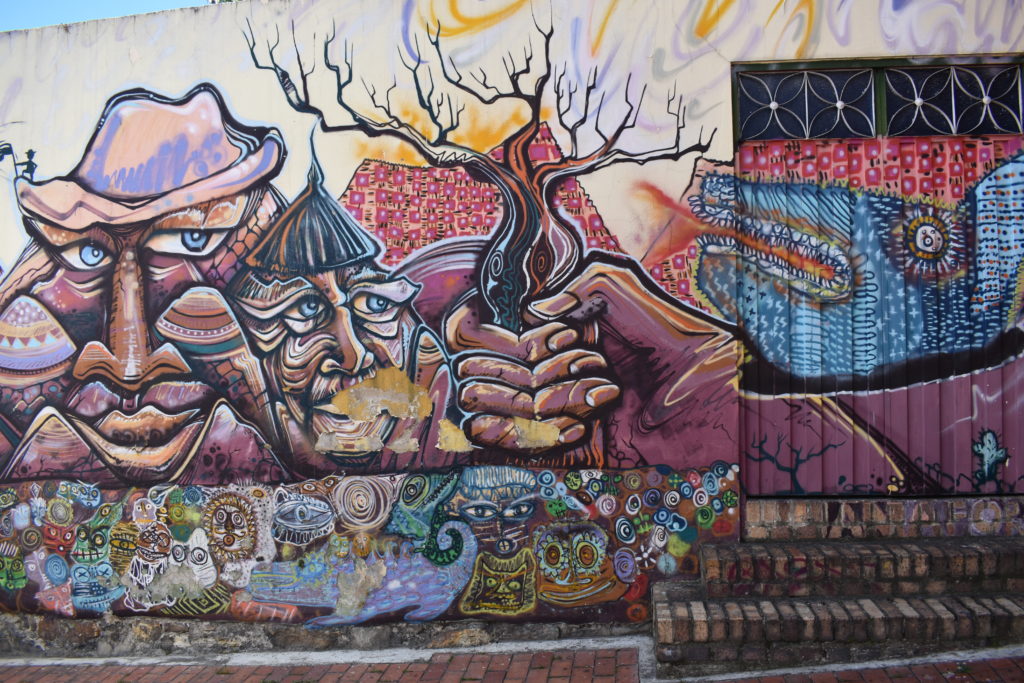
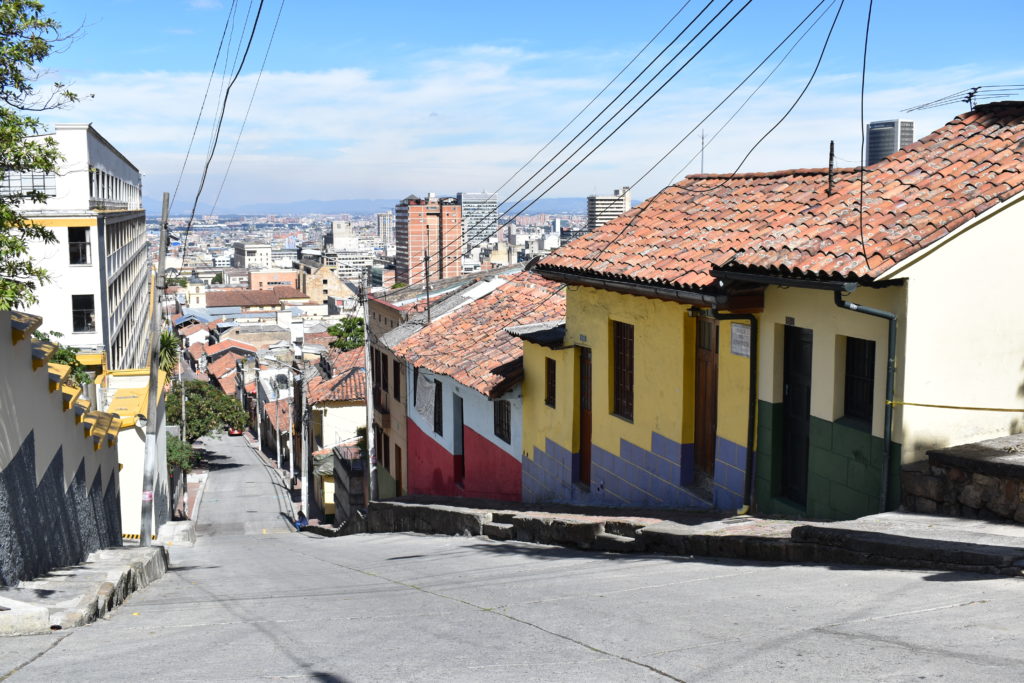
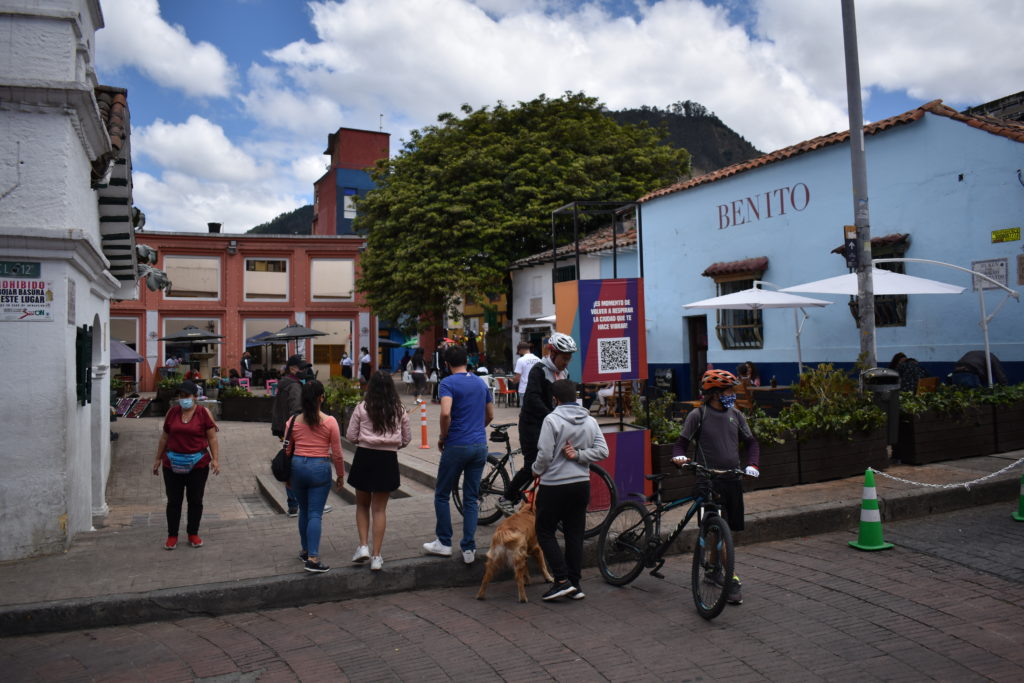
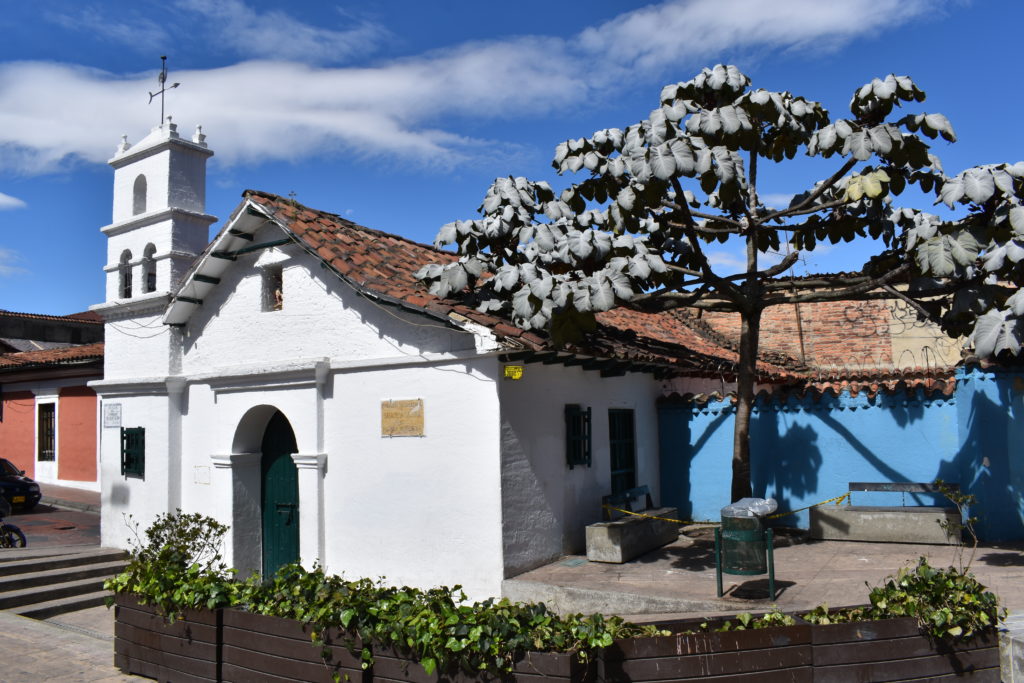
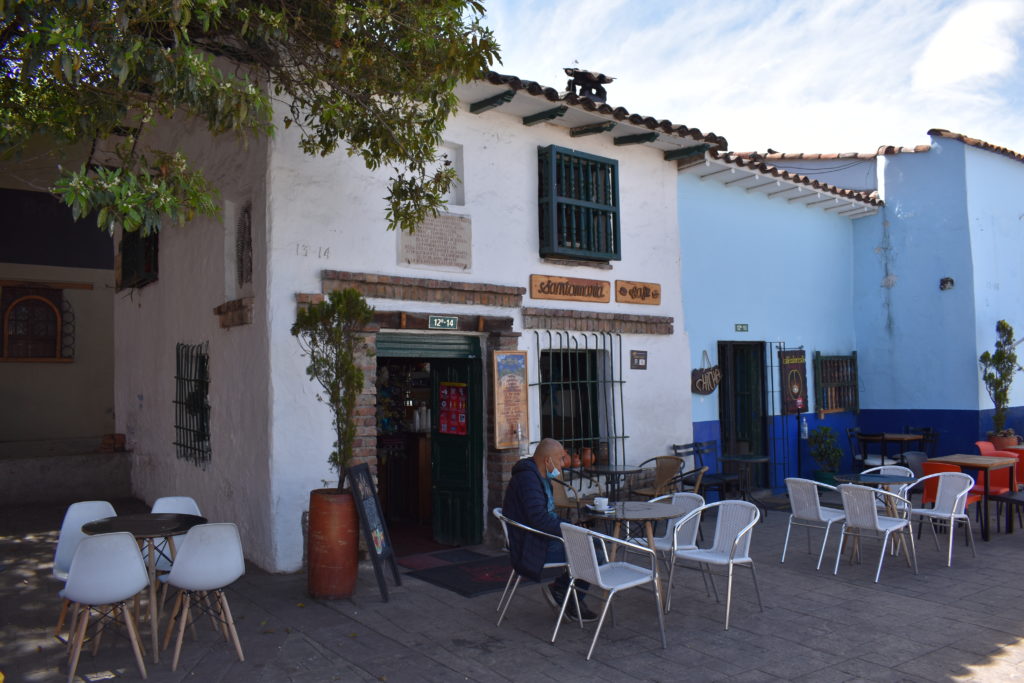
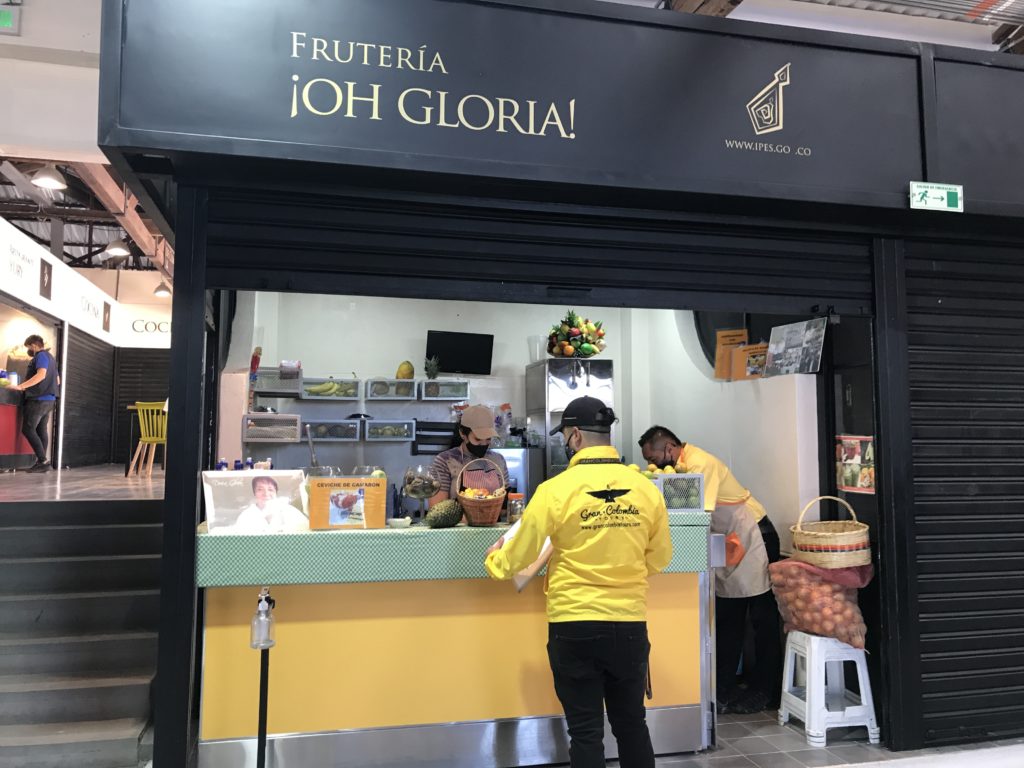
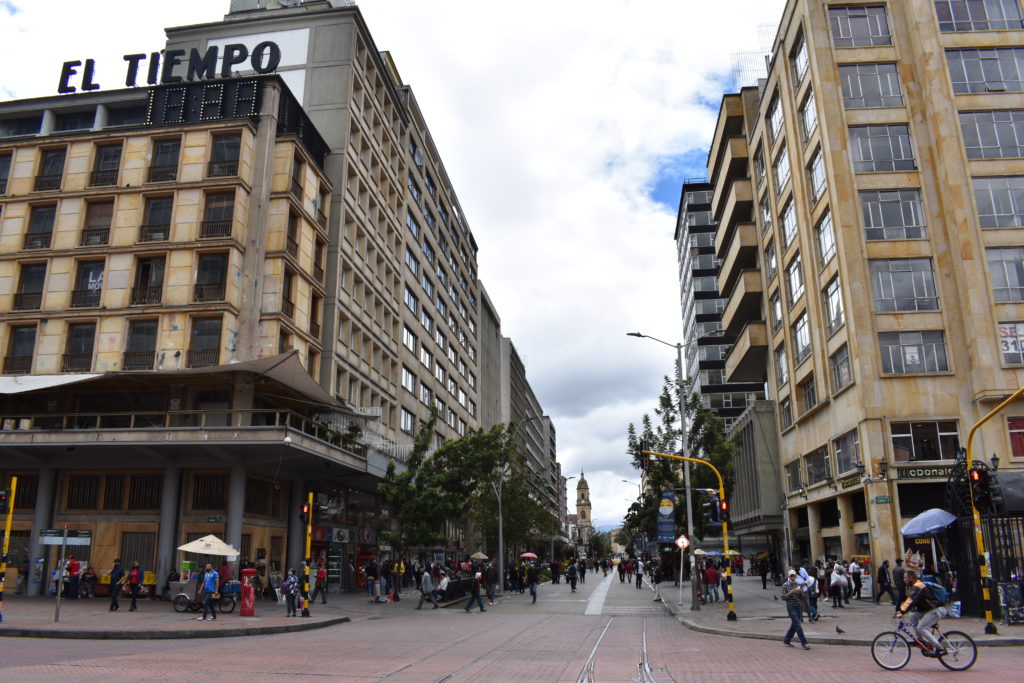
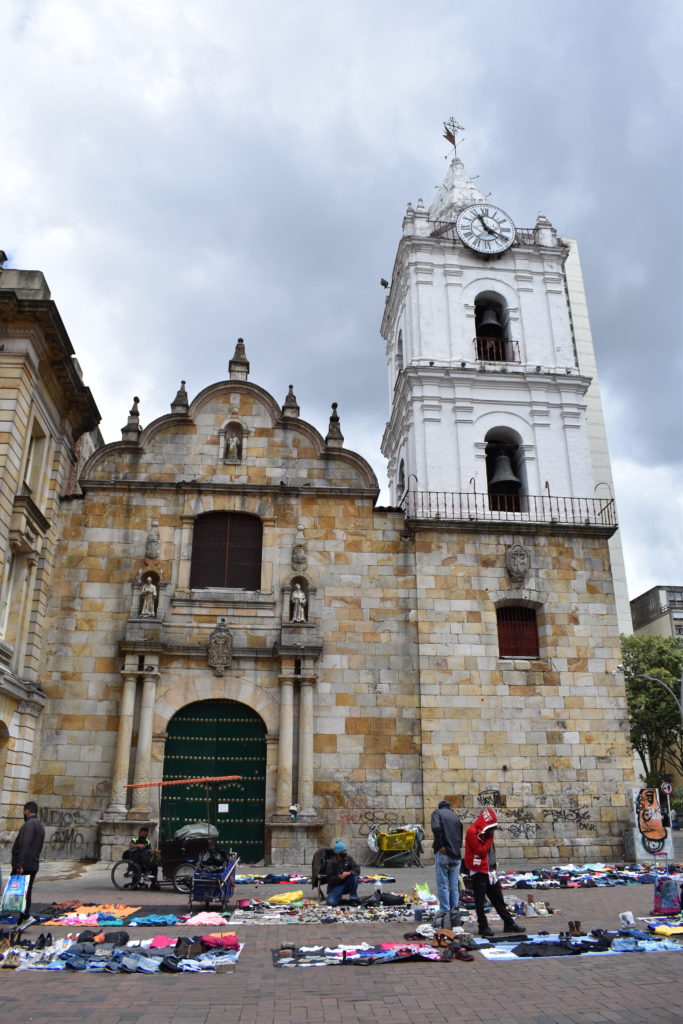
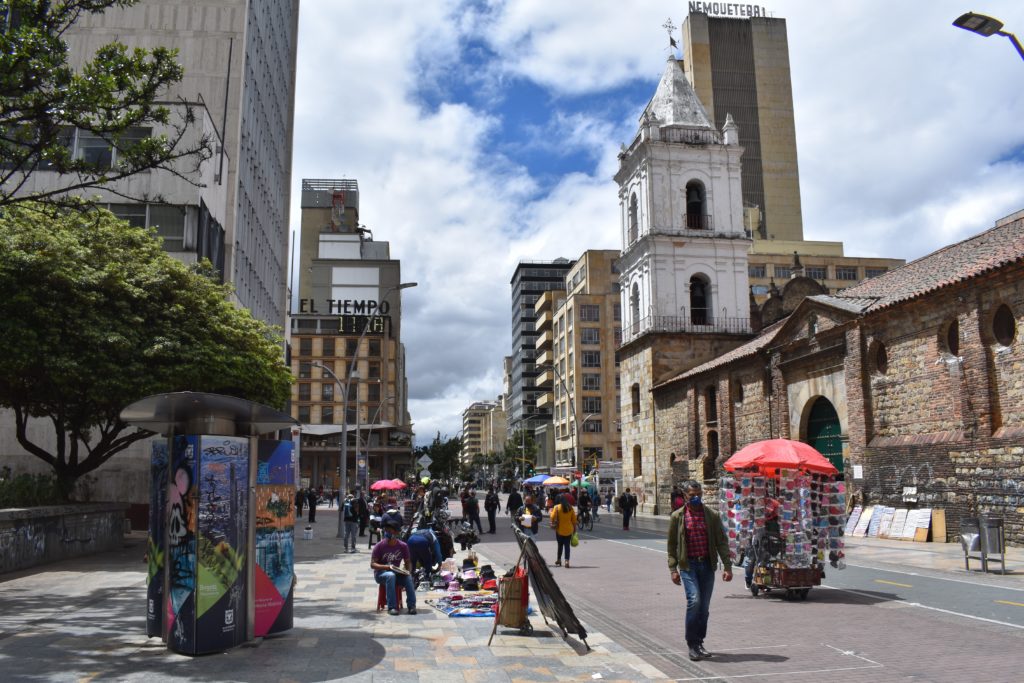
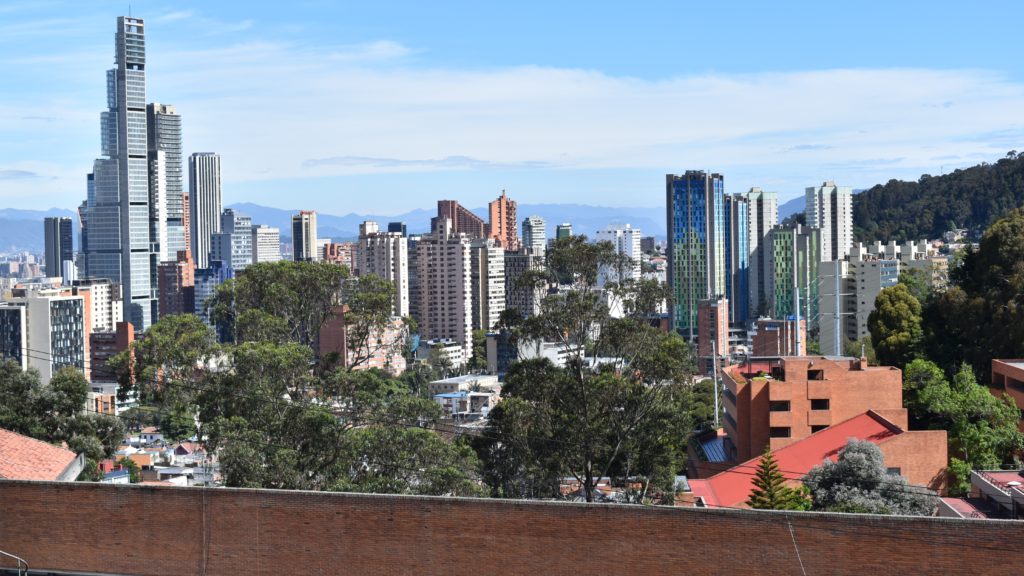
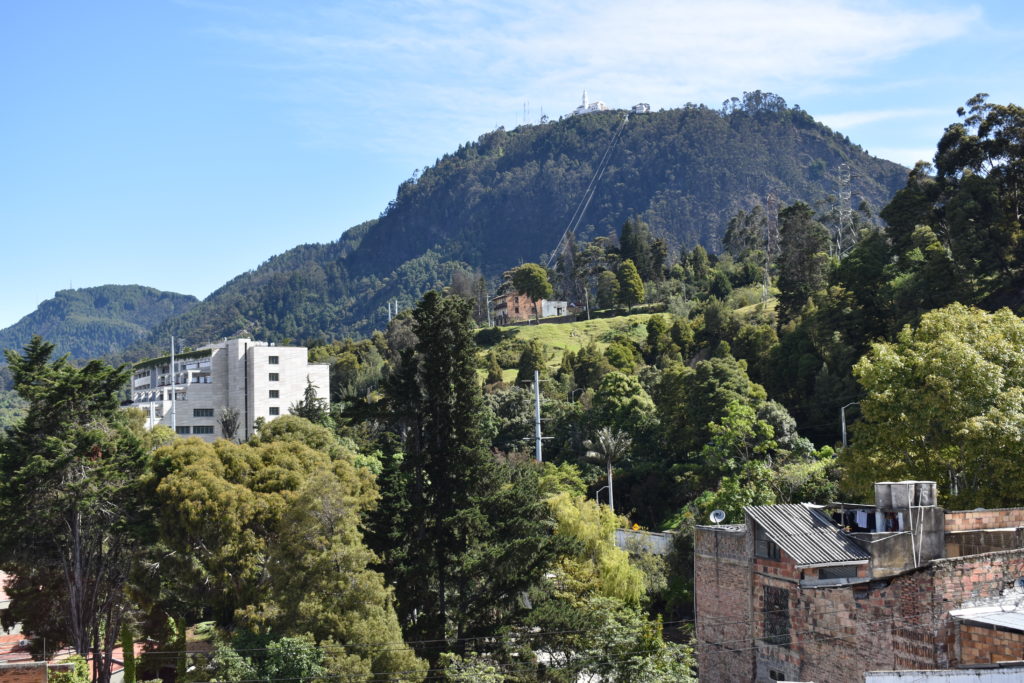
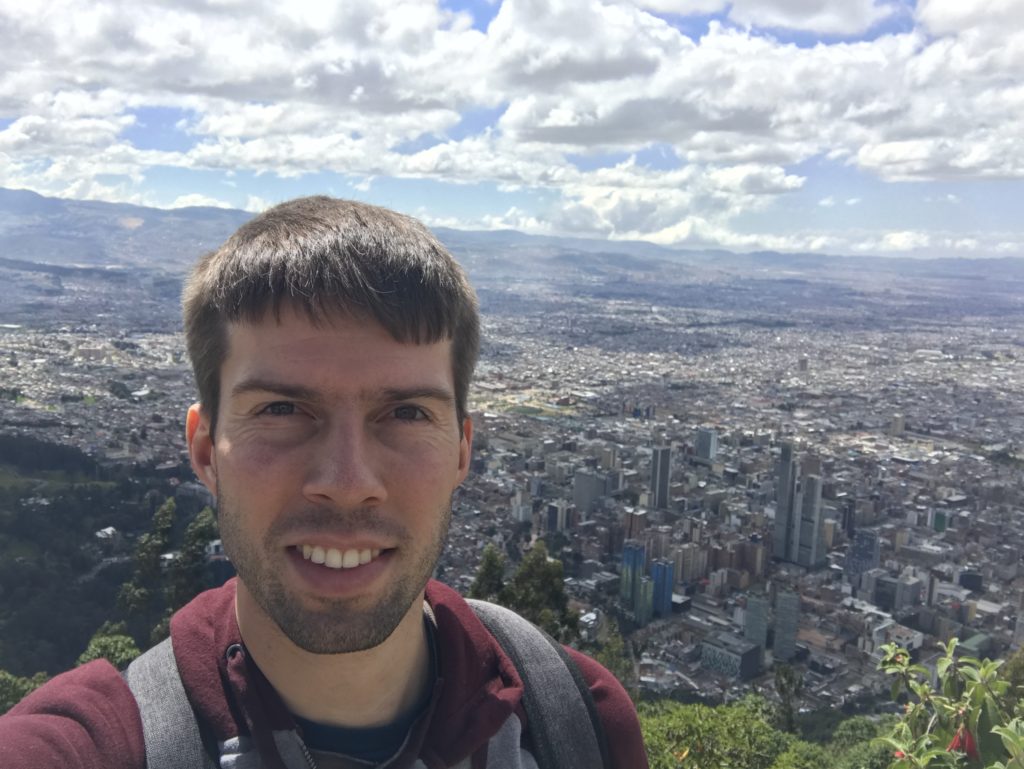
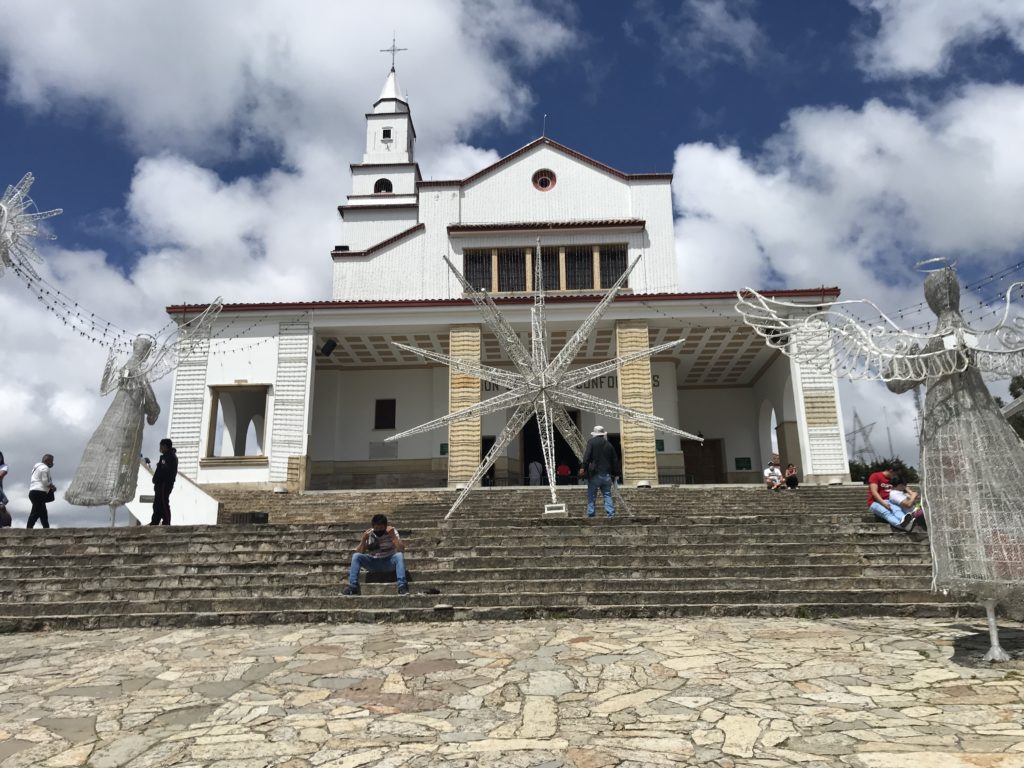
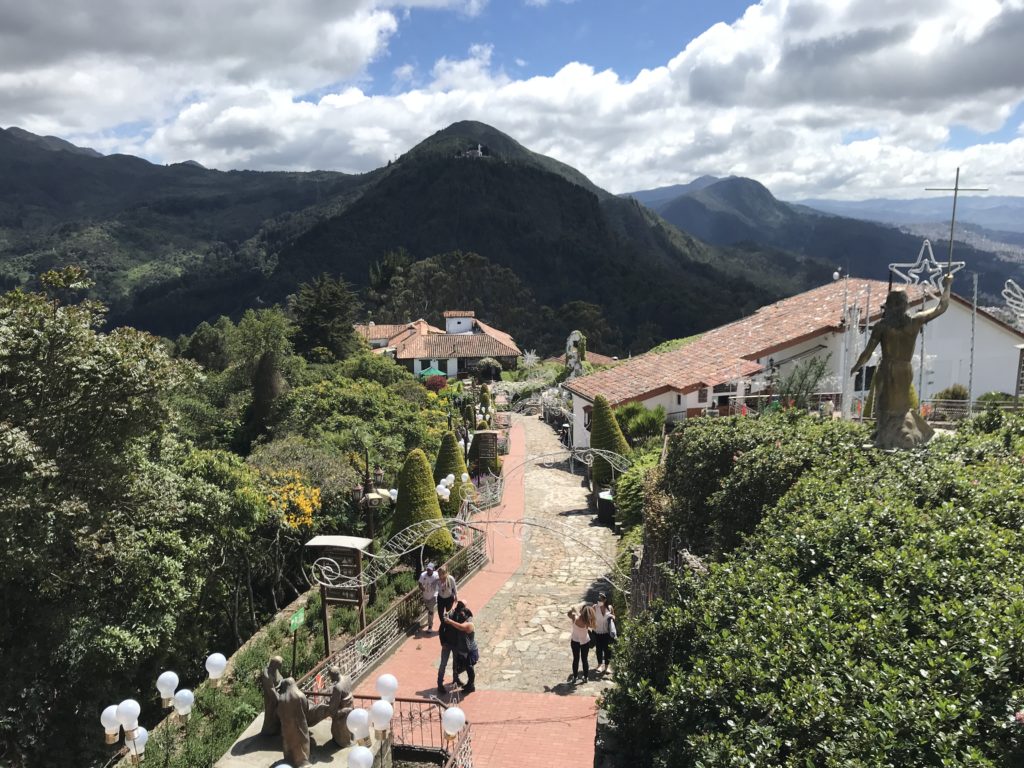
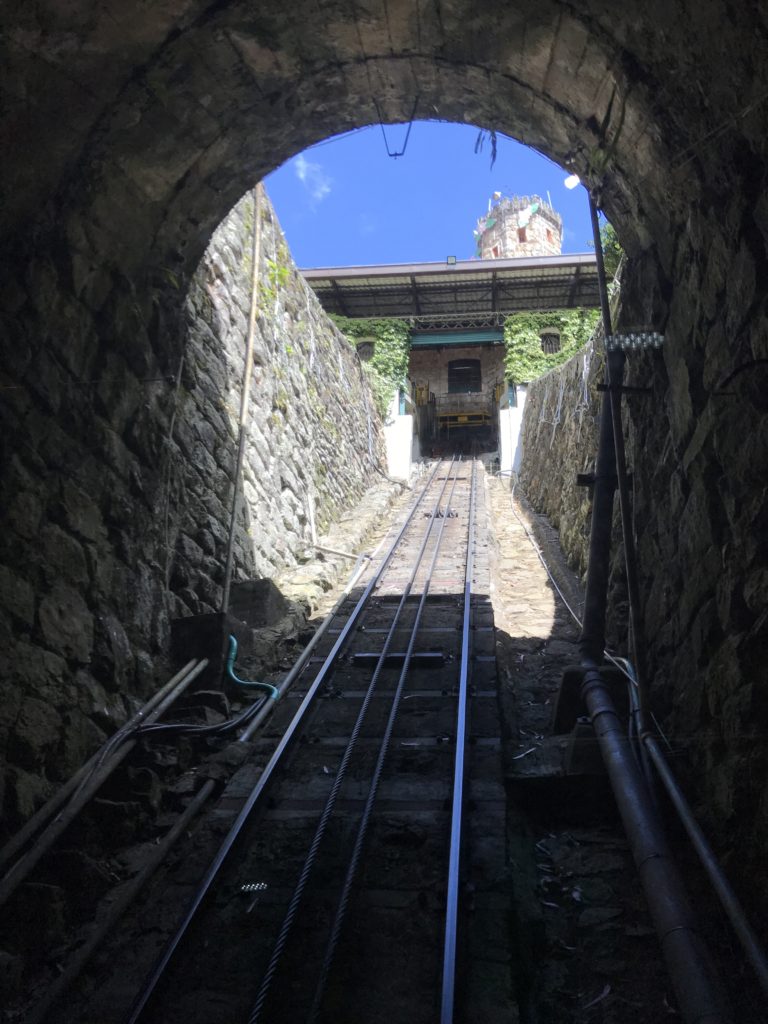
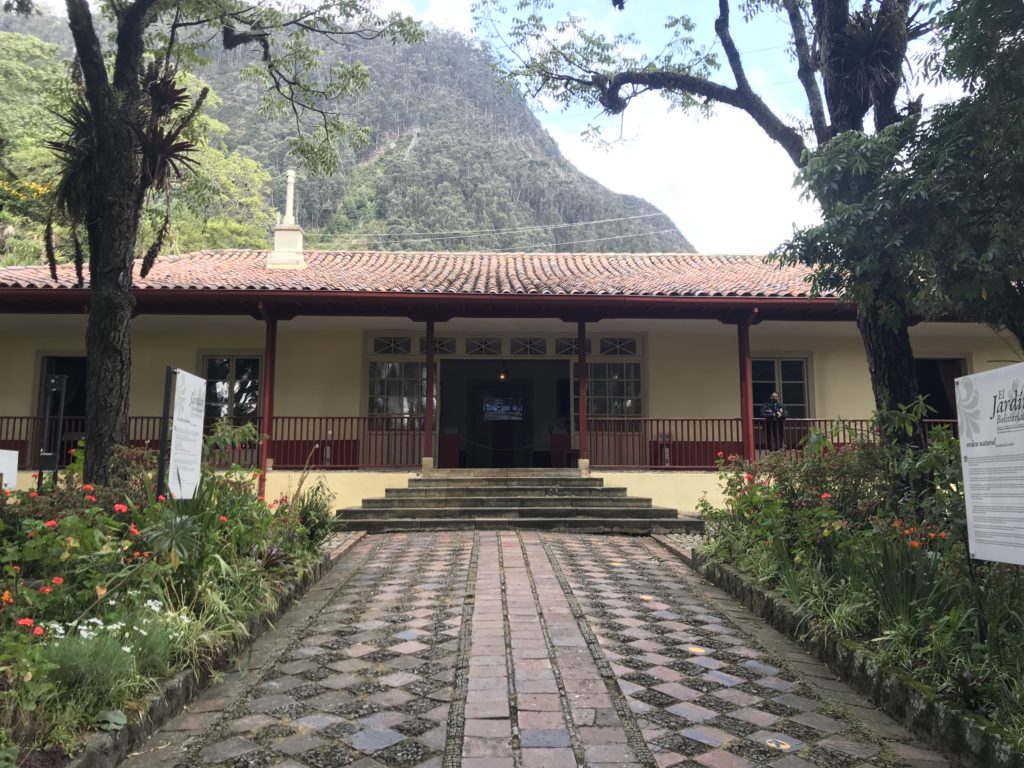
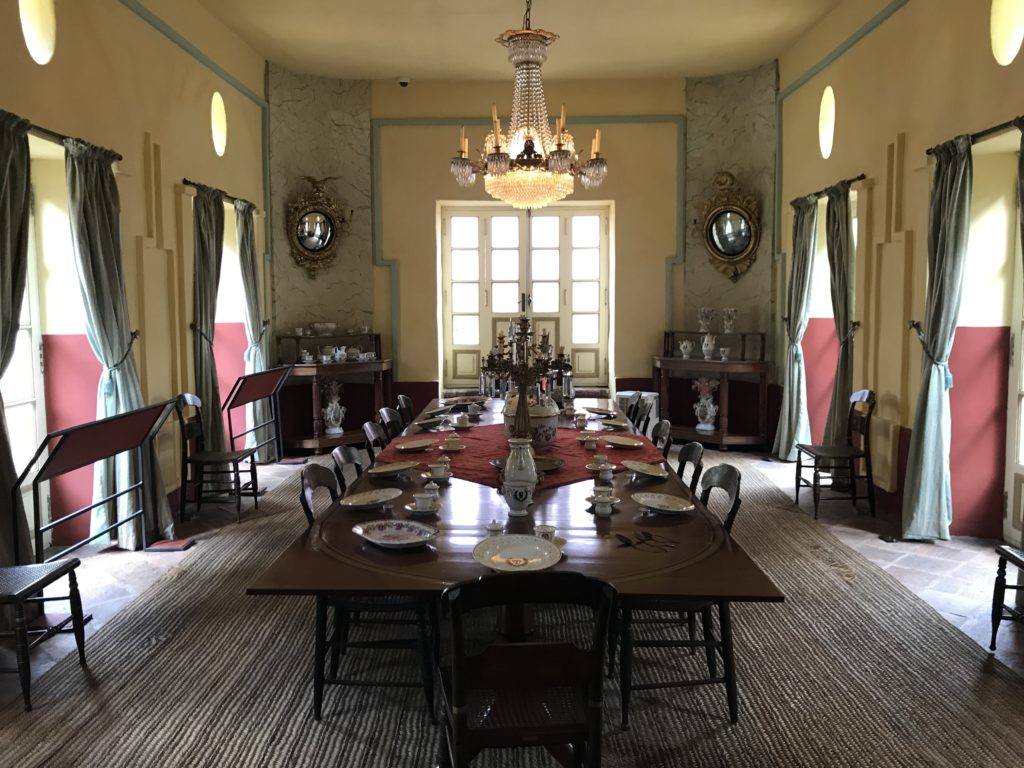
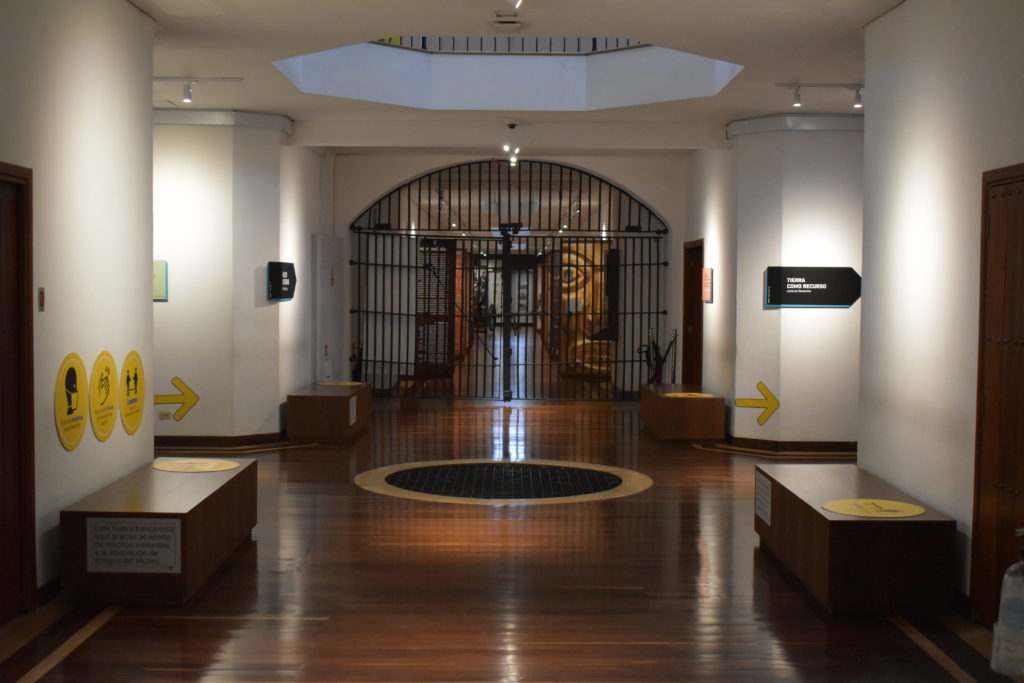
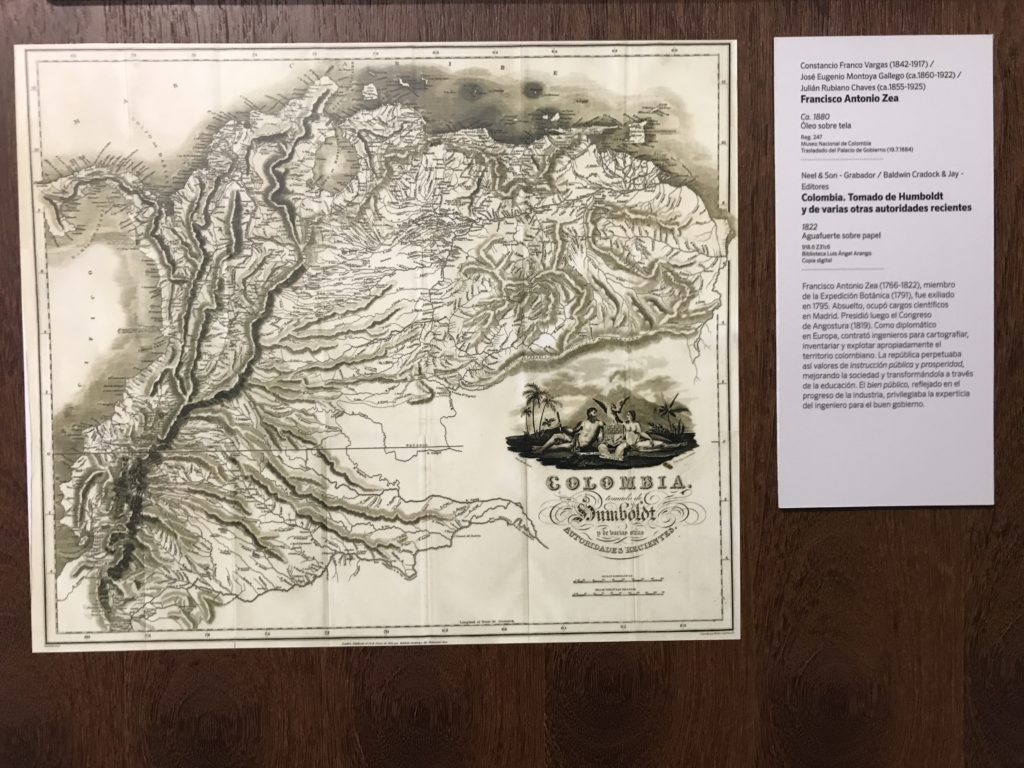
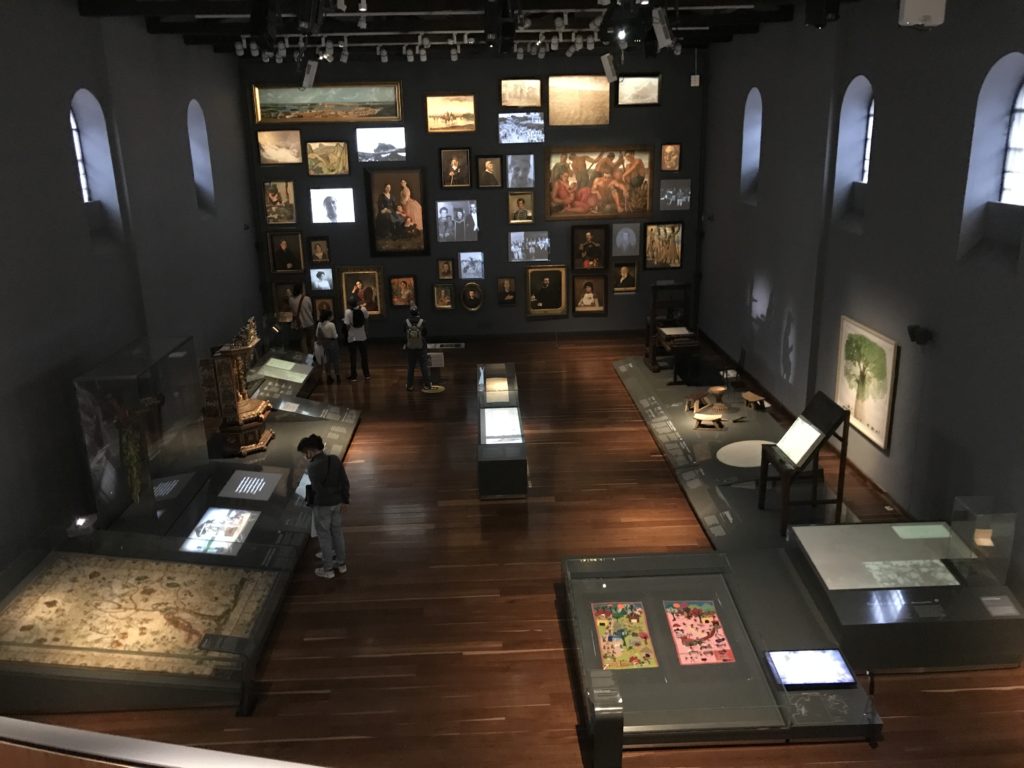
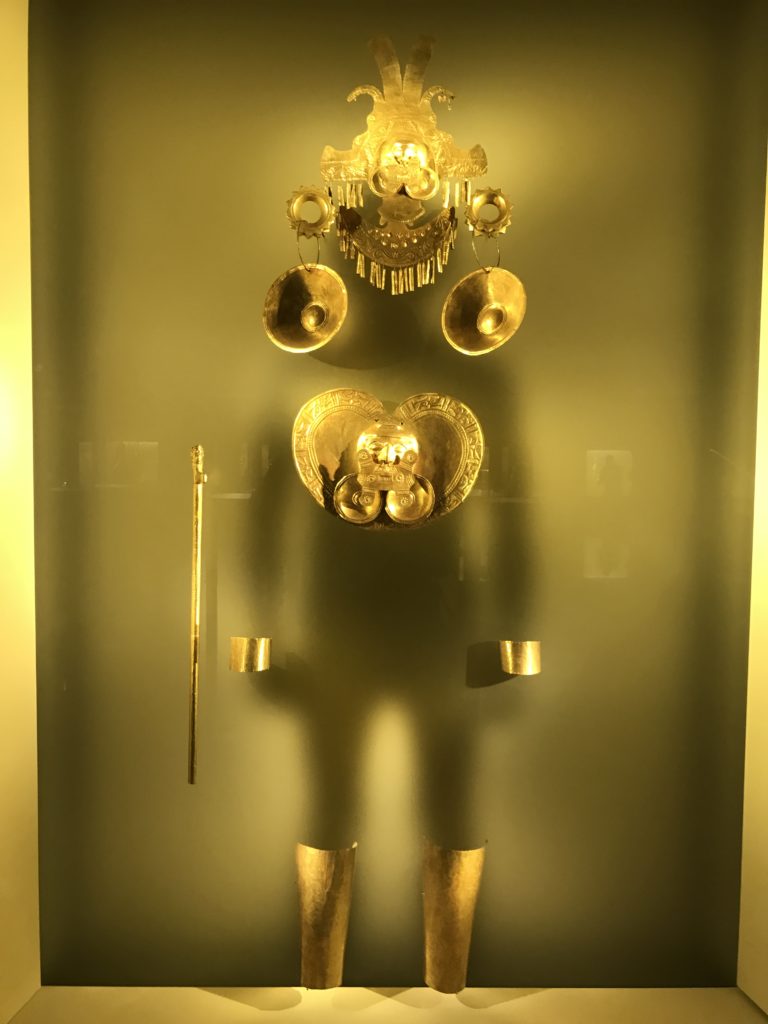
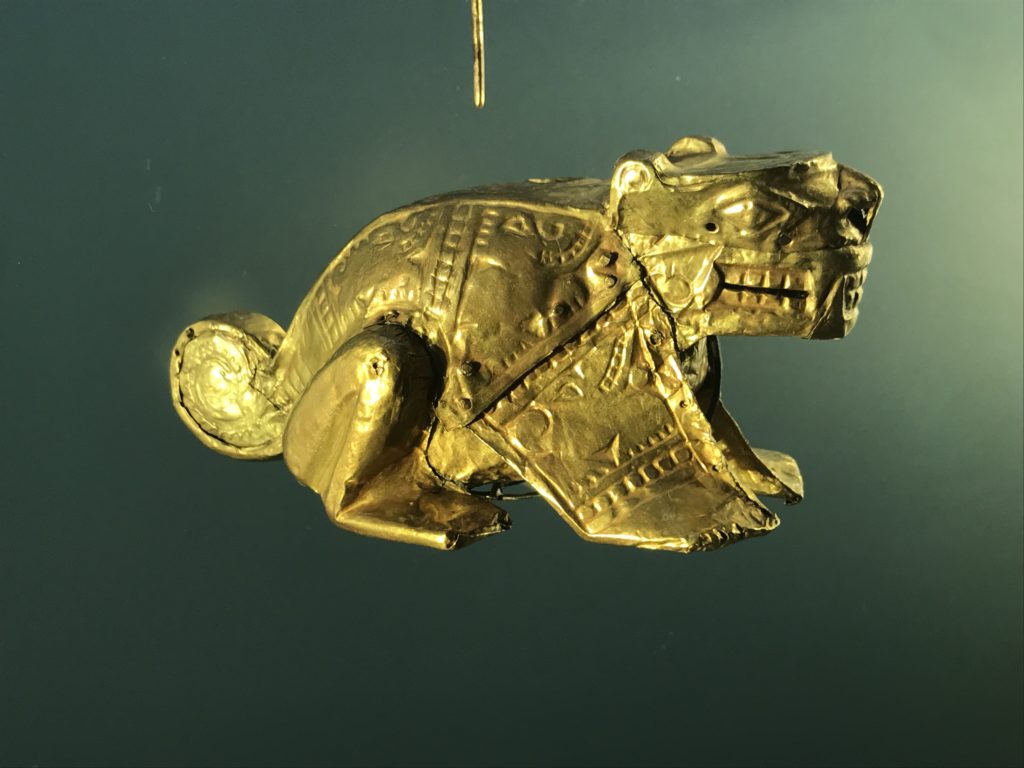

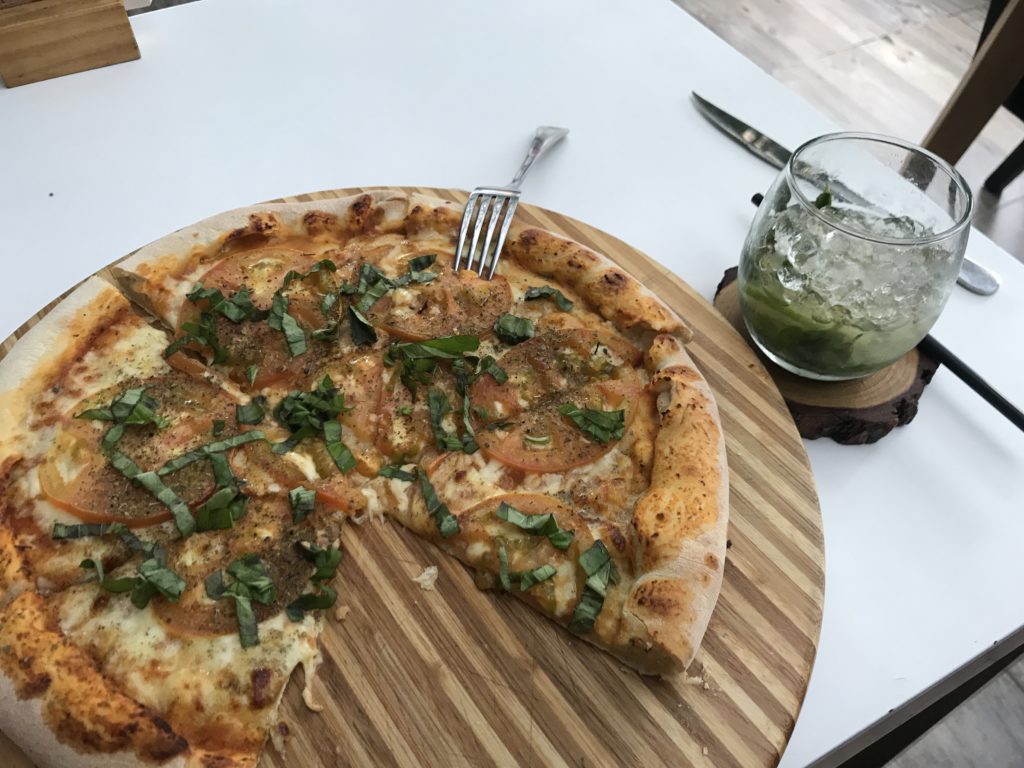
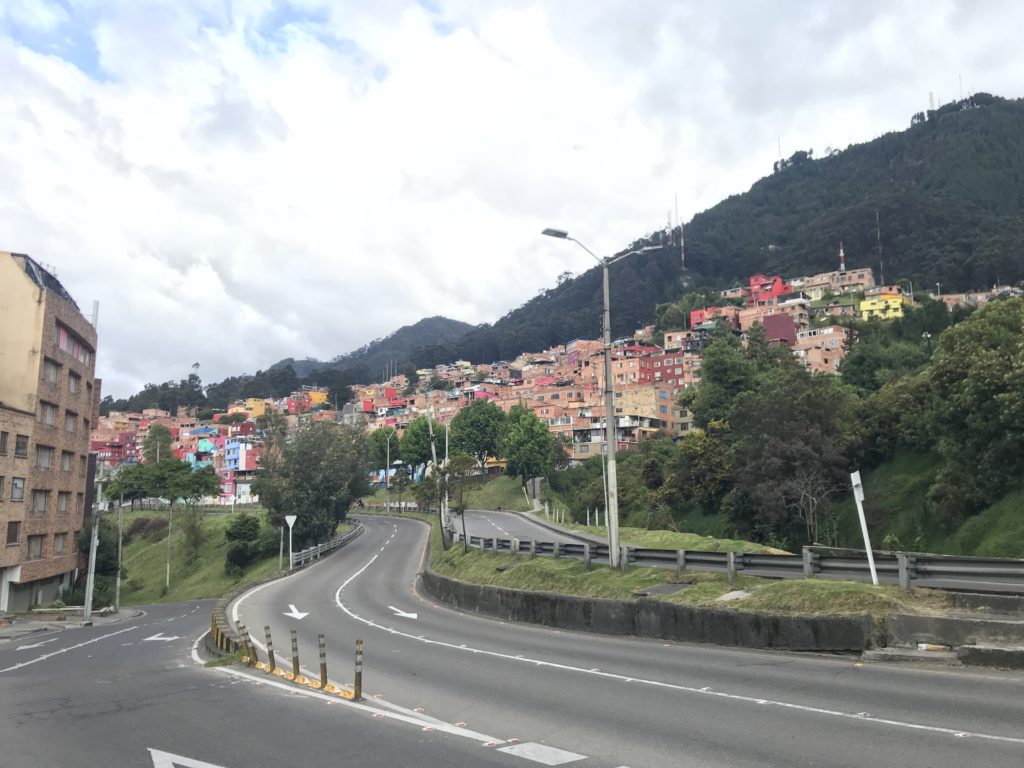
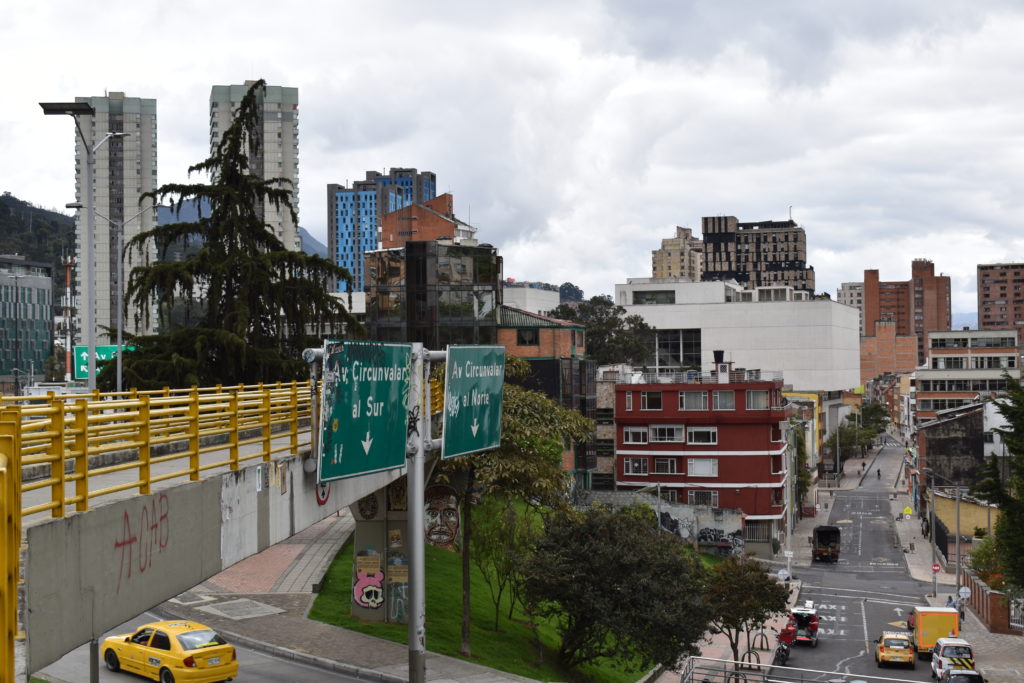
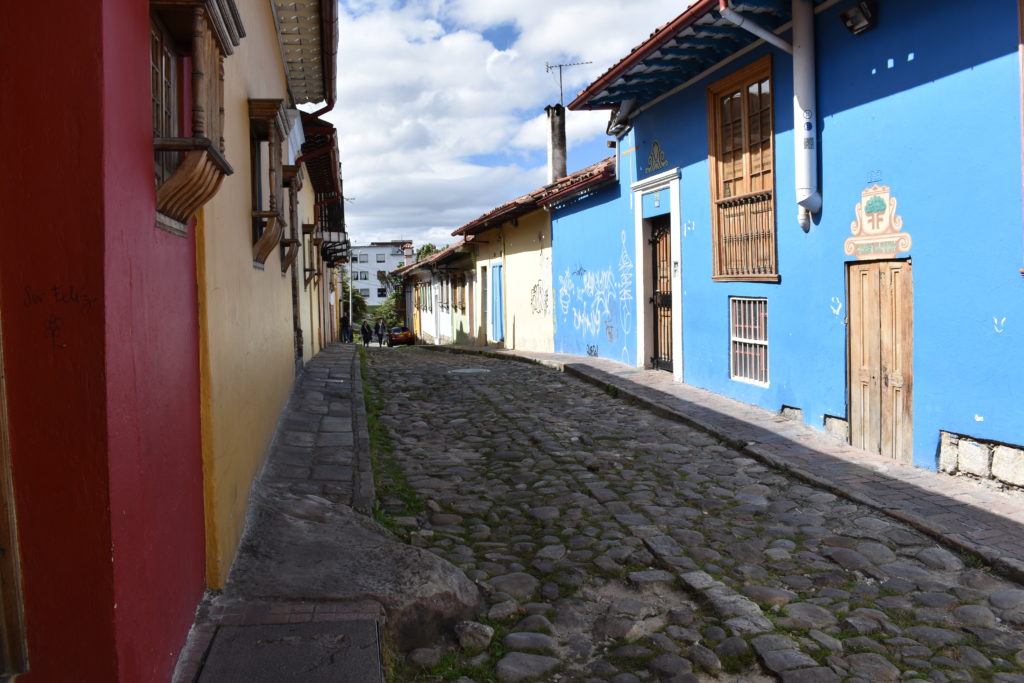
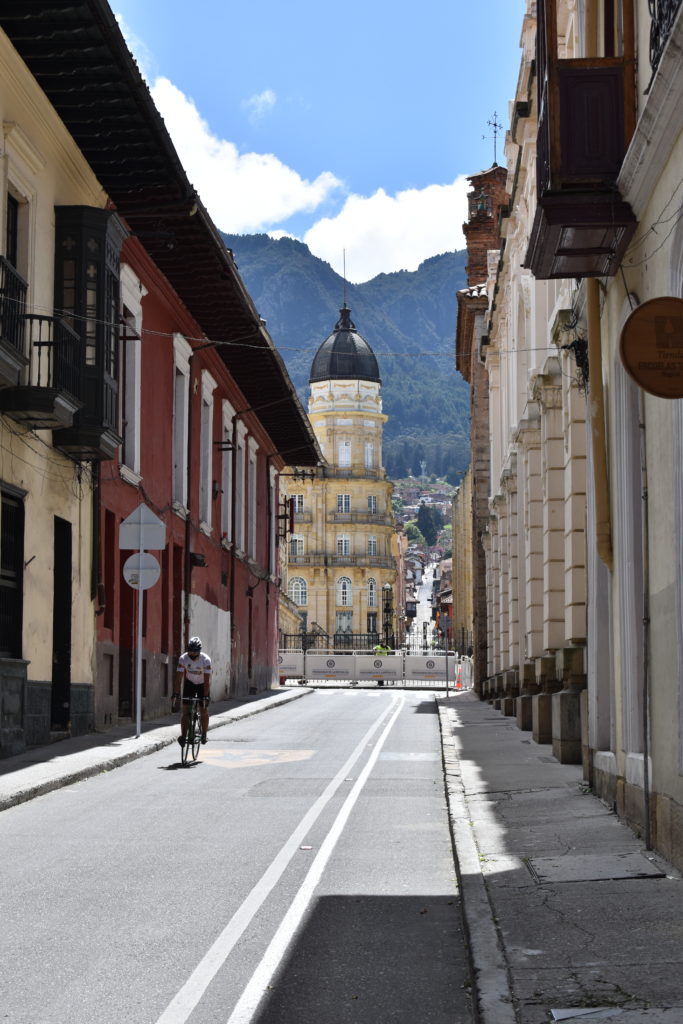
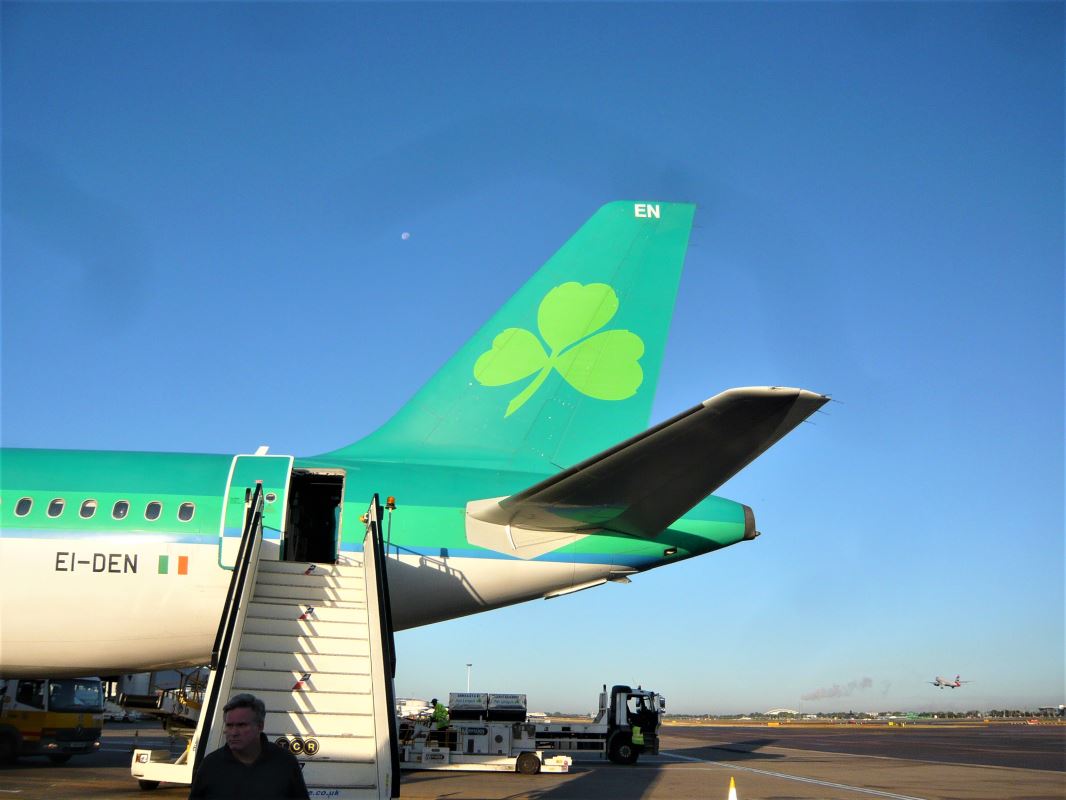
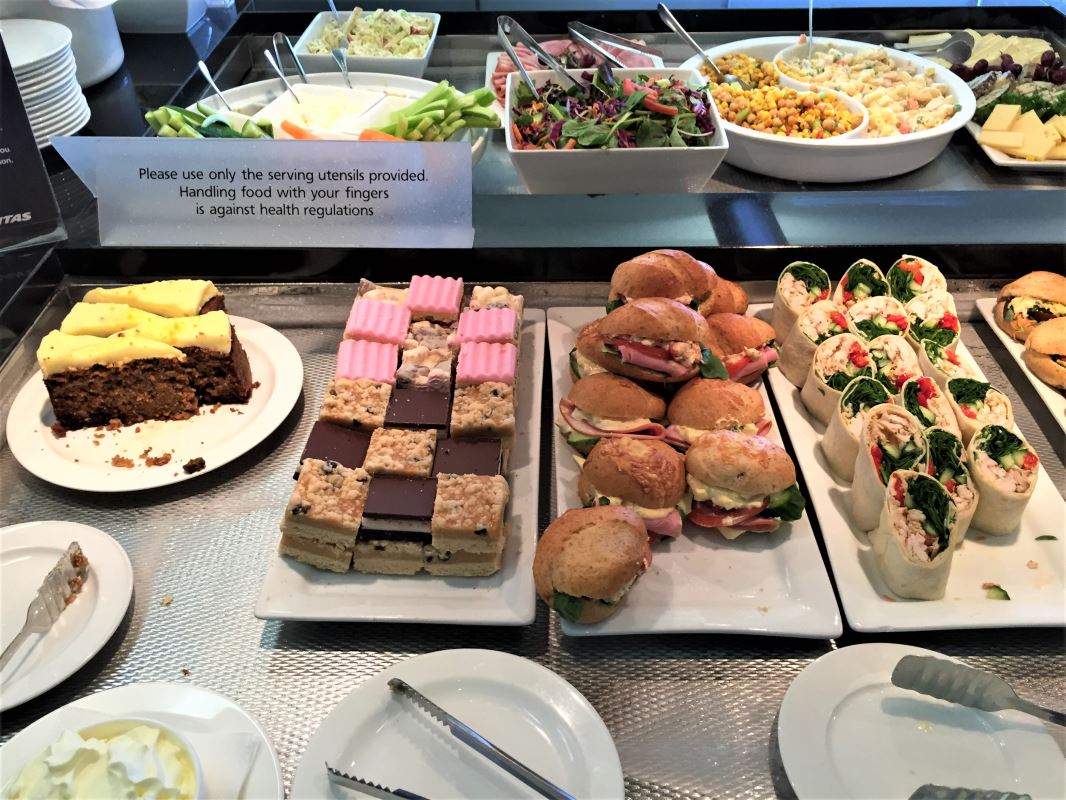
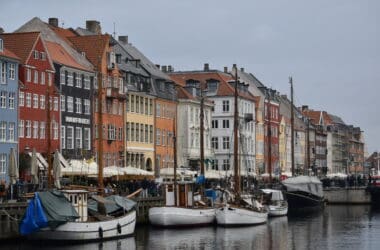

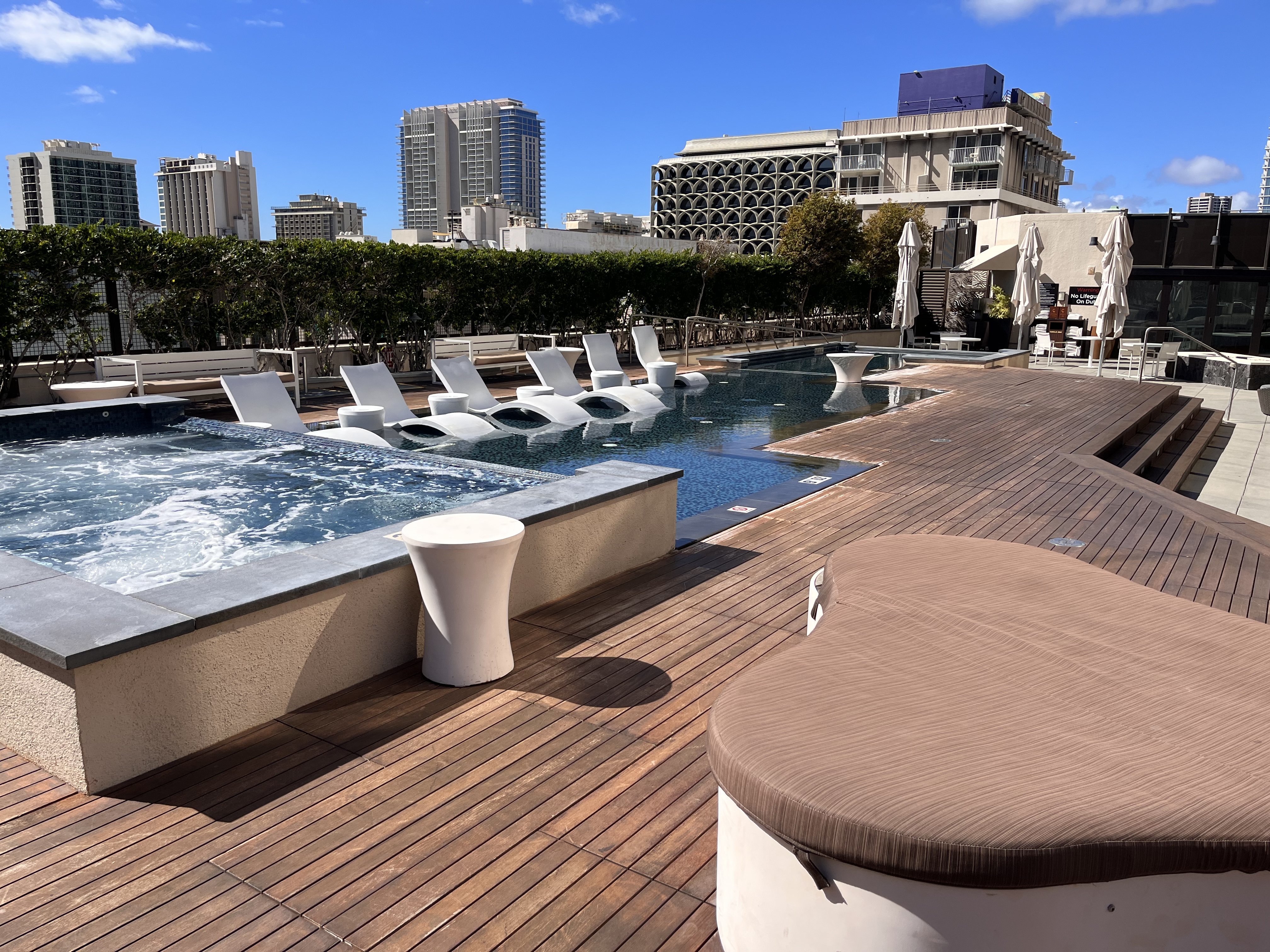
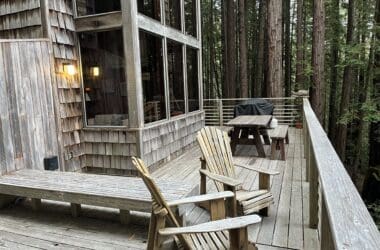
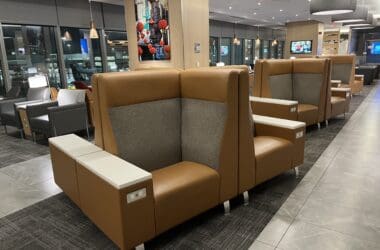
thanks for posting a post it is really great.
Thanks for reading!
Museo Botero has one of the best collections of art I have ever seen and is amazing. Also the police museum gives guided tours in English from newer recruits and tells you the whole history of the hunt for Pablo Escobar. Also don’t forget to try Andres Carne de Res.
You’re making me more bummed I missed it! I saw a couple pieces of Botero art elsewhere. The police museum is something I would definitely be into.
Leaving tomorrow for Colombia- great timing finding your article!! Thanks for the details.
Thanks for reading! Glad you found it helpful.